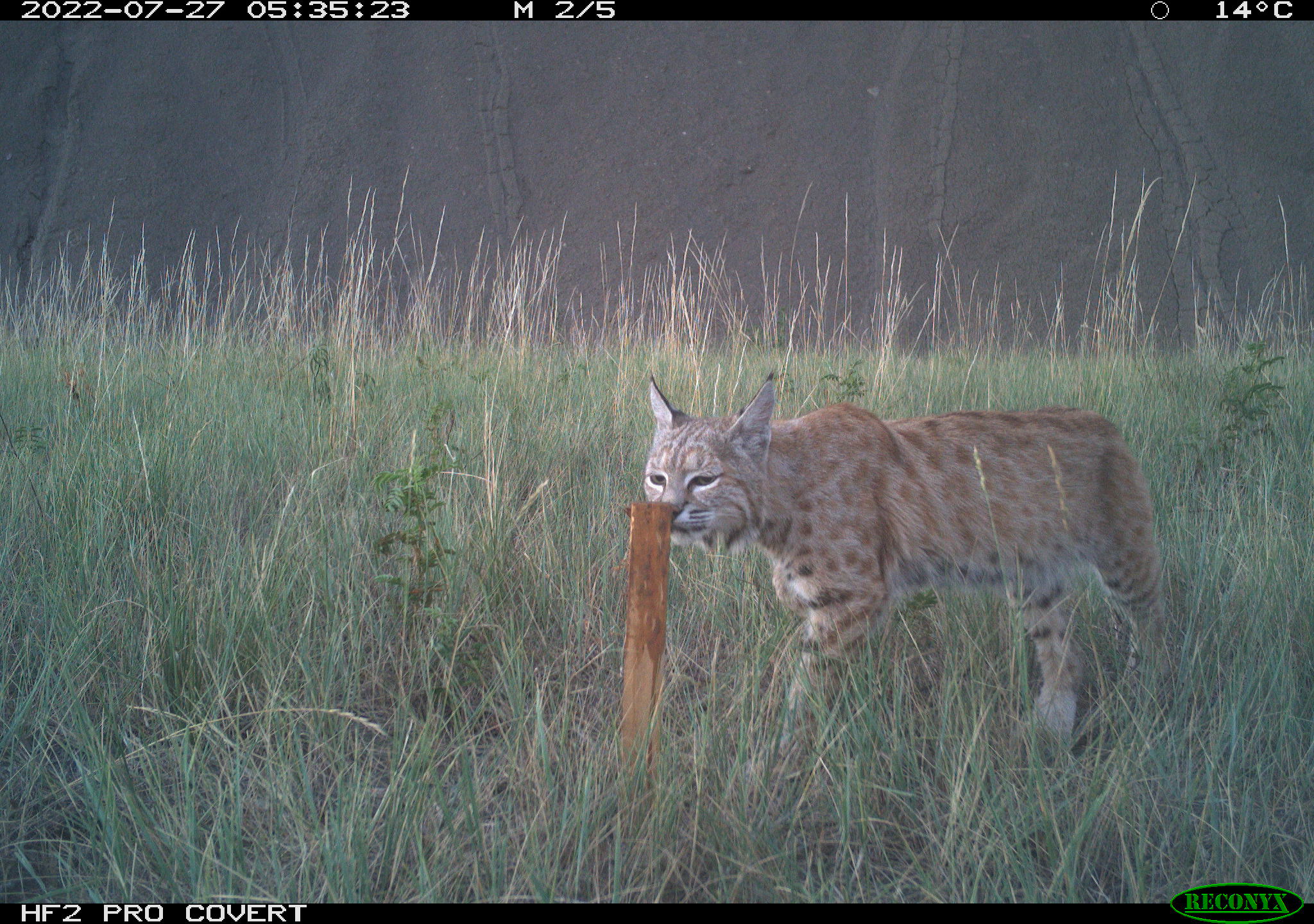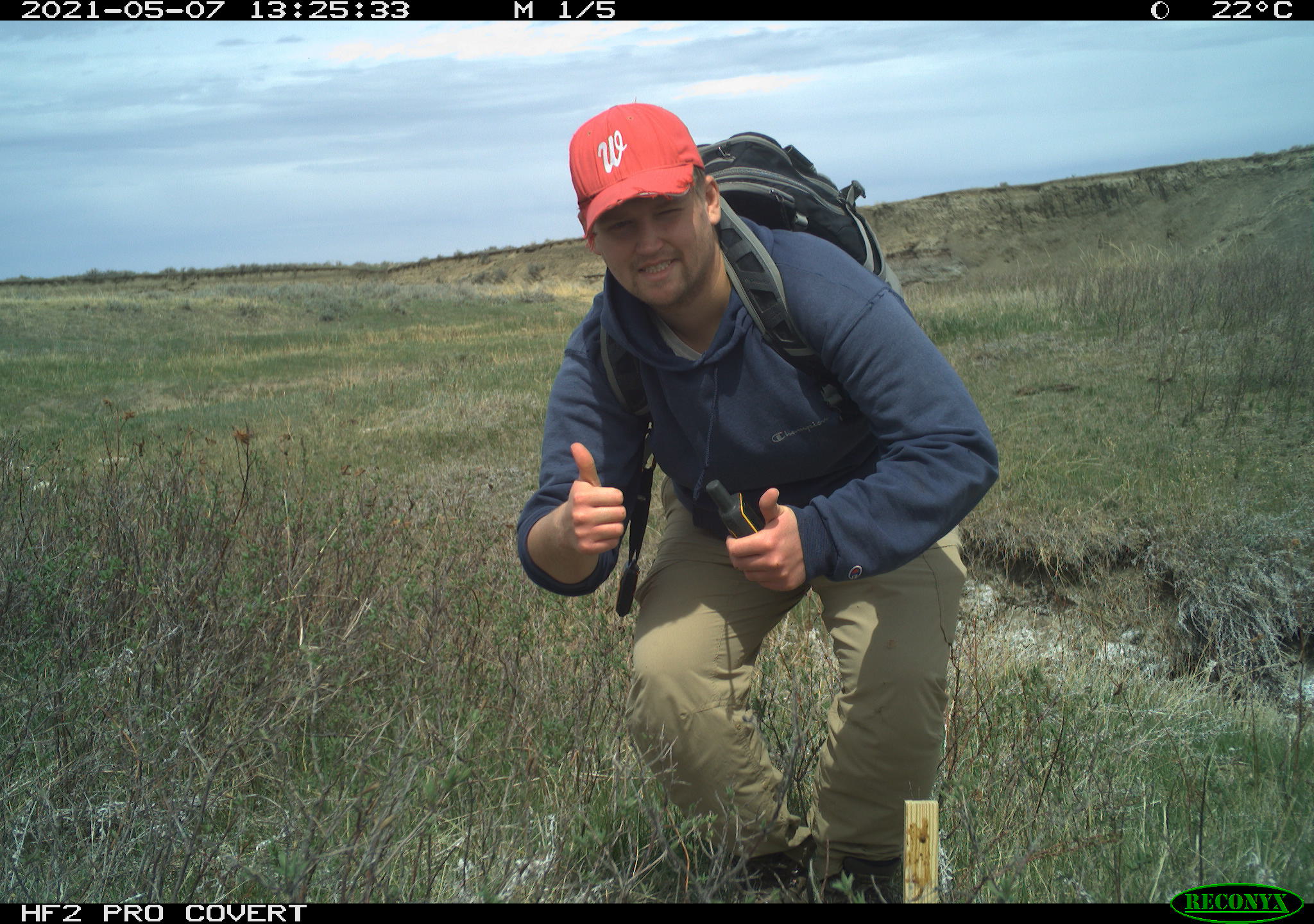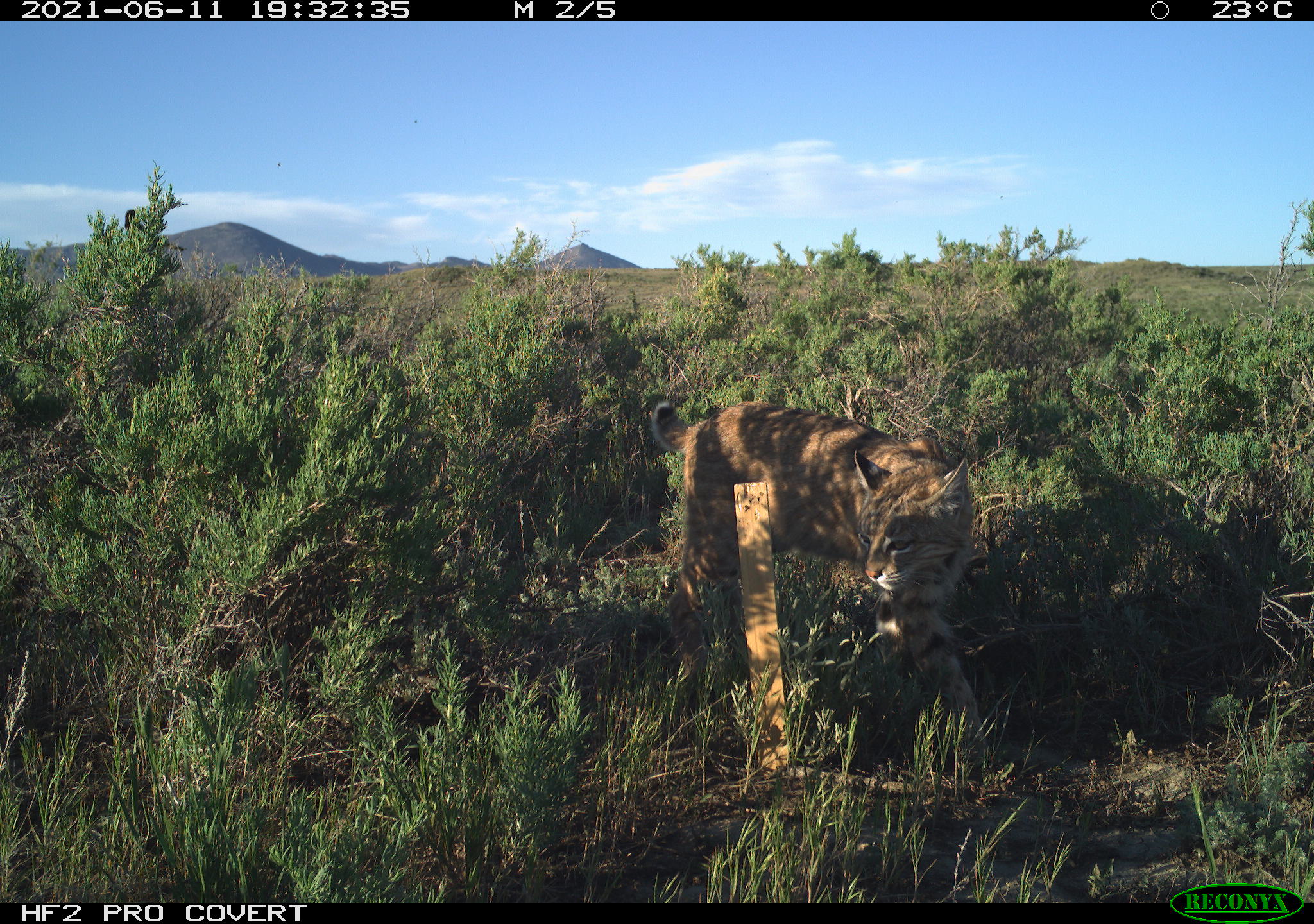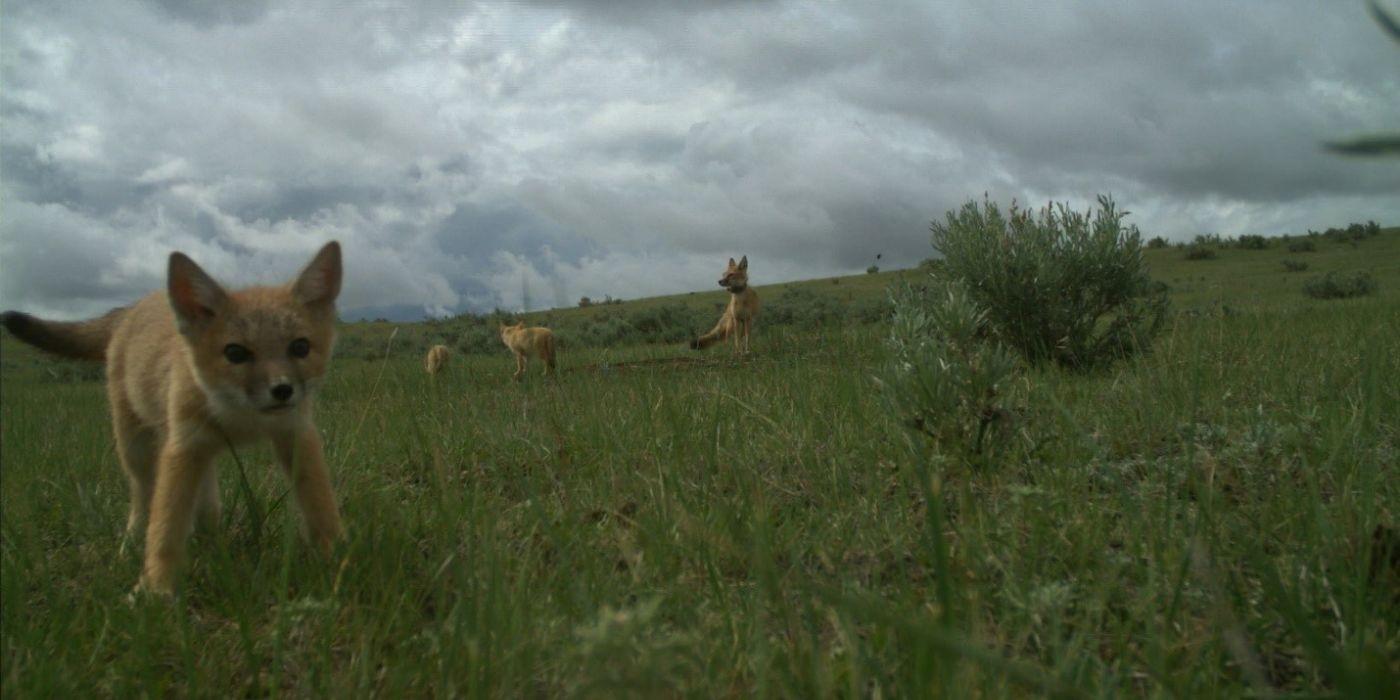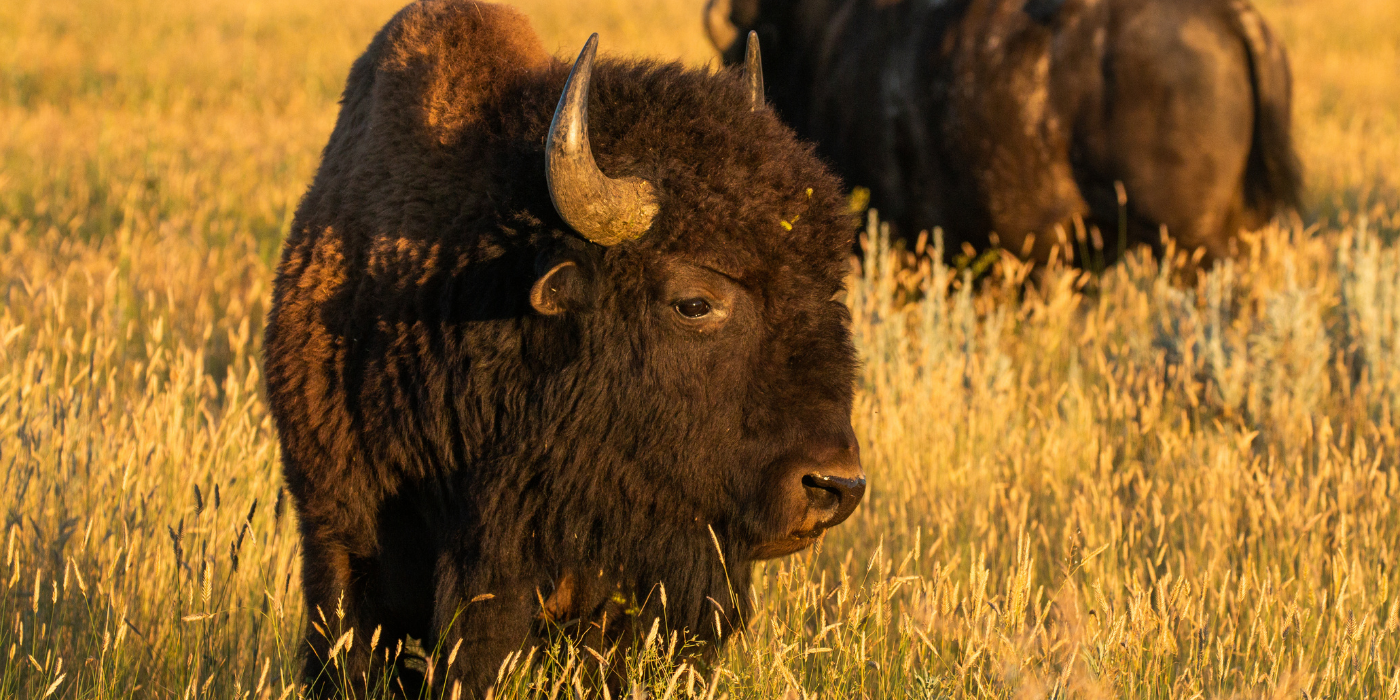Focus on the Future: Johnny Stutzman
“I couldn’t ever imagine myself doing anything else.”
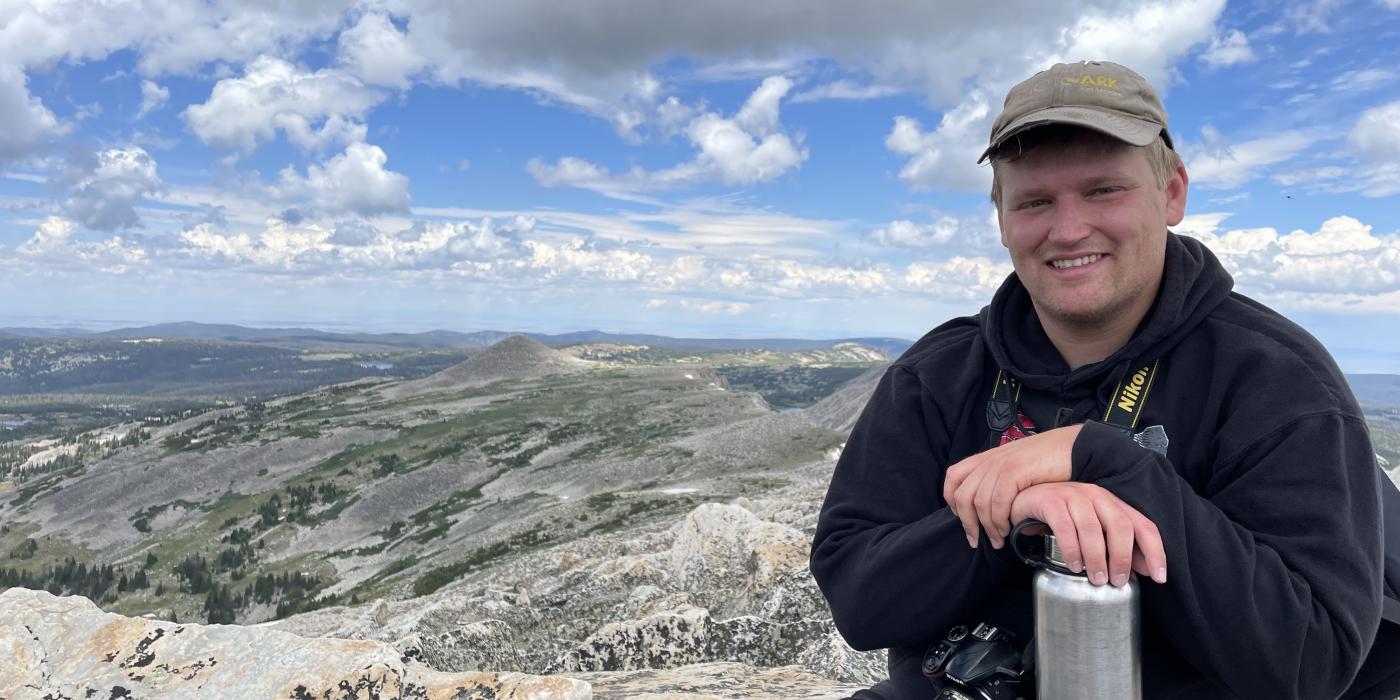
Focus on the Future is a series that seeks to highlight the early career scientists who conduct research at the Smithsonian's National Zoo and Conservation Biology Institute. Learn about our undergraduate, graduate and post-doctoral fellows and the conservation research they are supporting through first-hand accounts and stories.
Pretty much my whole life, I wanted to be in conservation. I’m from Whitewater, Wisconsin, which is a rural area about halfway between Madison and Milwaukee. It’s a beautiful part of the country with glacial landforms and forests between farms. Growing up, I would watch guys like Steve Irwin and Jack Hanna on TV, and an early encounter with a herpetologist at school solidified my career path.
I graduated from the University of Wisconsin Madison in 2017 with a degree in zoology. I didn’t have the best GPA coming out of college and I didn’t have any prior field experience, because I was working year-round to pay for school and rent. When you don’t have field experience, you’re relying on your course work to get your foot in the door. But to experienced scientists, you’re unproven, so you’re going to hear "no” a lot.
I was lucky to have a mentor who believed in me: Smithsonian’s National Zoo and Conservation Biology Institute (NZCBI) research ecologist Hila Shamon. I first met Hila in 2017 when I applied for an internship with her. I ended up not getting that position, but Hila connected me with Bill McShea, a wildlife ecologist at NZCBI. Bill hired me for the Urban to Wild project, which focused on how mammal communities changed along an urban-to-rural spectrum from Washington, D.C. to the Shenandoah Valley of Virginia. For that project, I was working primarily with camera traps and helping coordinate volunteers, and then helping on other projects where I could. I was just trying to learn as much as possible from Bill and other scientists.
When my internship with Bill ended, I applied again to join Hila’s team in Montana. We were covering more than 2,000 square miles, trying to get a lay of the land with camera traps, so we could understand what sort of future research the Great Plains Science Program might be able to do.
During that time, we got a photo from a camera trap of a bobcat walking through a prairie dog town carrying a dead prairie dog in its mouth. This might seem insignificant, except this prairie dog town was several miles away from “typical” bobcat habitat along the Missouri River. Bobcats in our study area seem to be associated with densely vegetated riparian habitat, or habitat near rivers and creeks. So, seeing one miles away at a prairie dog town was unusual to say the least. But it led me to wonder whether the restoration of riparian habitat could facilitate bobcats’ ability to move across the landscape, and whether it could create positive cascading effects for other species including amphibians, reptiles and birds.
The bobcat who started it all, seen outside its “typical” habitat.
With these ideas in mind, I decided to go back to graduate school, and Hila was truly my number one advocate. It was through her that I met Joe Holbrook, an assistant professor of carnivore and habitat ecology at the University of Wyoming, who is now my academic advisor. They had worked together on swift fox reintroduction in Montana, and it was because of that connection Joe took a chance on me.
To collect data for my graduate research, I spent two years checking camera traps placed within my study area in search of where bobcats spend their time. While they are elusive to detect, I was able to gather enough data to model how suitable bobcat habitat is connected across the landscape. Ultimately, my research uses the bobcat as a model species to show how restoring and protecting riparian habitat could benefit the entire ecosystem.
The restoration of natural waterways is a key component of conserving grassland ecosystems and protecting the species who call them home. The Northern Great Plains are one of the last truly intact grassland ecosystems in the world, but they’re dying out. And we need them. Not only are they incredibly biodiverse, but they’re good at soaking up carbon, which we need more than ever as climate change is happening.
Looking back, I truly feel so lucky to have found mentors who believed in me. I had an unconventional path into conservation, and so much of it hinged on the people I met who were willing to take a chance on me. My biggest piece of advice to people wanting to enter the conservation field is to not wait for the perfect opportunity. Just find a way to get your foot in the door, because it becomes a ripple effect, and you never know where it may lead you.
